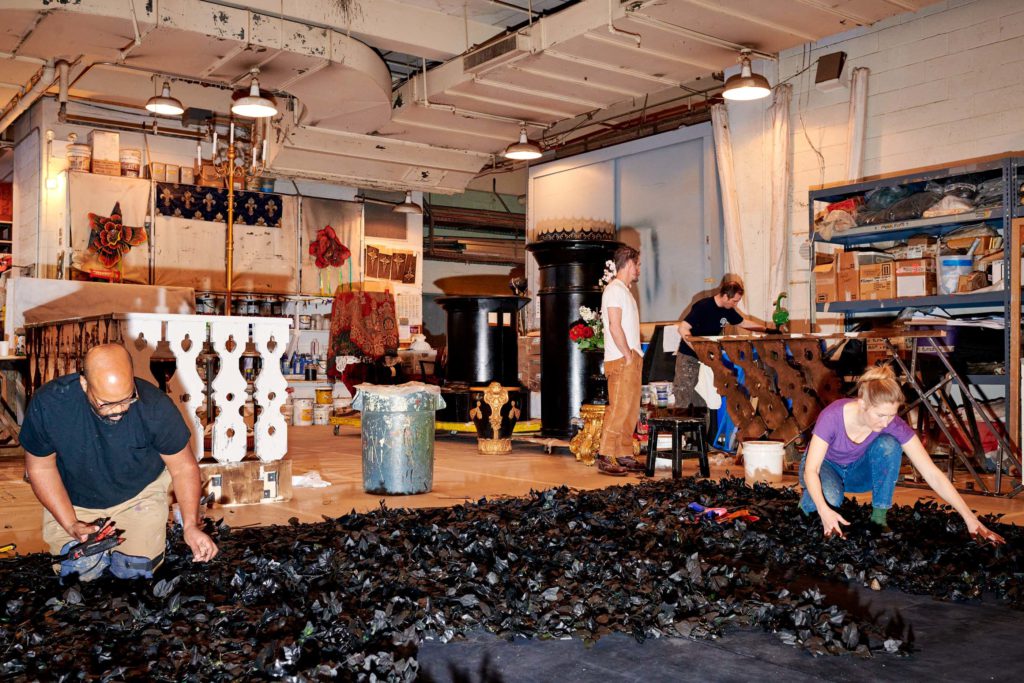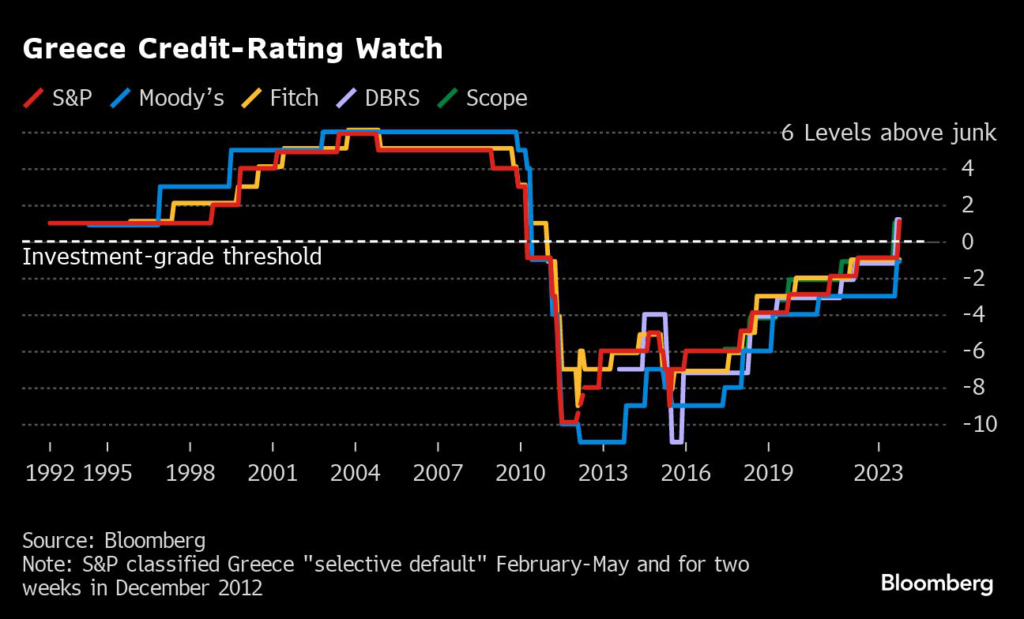The goal? Recreate the heights of luxury in 1880s Russia, Paris and Switzerland.
(Bloomberg) — On New Year’s Eve, New York’s Metropolitan Opera will premiere a new production of Umberto Giordano’s Fedora. First performed in 1898, the opera, which is based on a play of the same name by Victorien Sardou, tells the story of a Russian princess’s doomed romance.
Starring the soprano Sonja Yoncheva, the somewhat byzantine story follows the princess as she attempts to avenge the murder of her fiancé, Count Vladimir Andrejevich. Eventually, she denounces his murderer (tenor Piotr Beczała) to the tsarist police, but (wait for it) it turns out that all is not what it seemed, the murderer is an honorable man, and he and the princess embark on a love affair. But it’s too late: The denunciation sticks, and tragedy ensues.
“Look,” says David McVicar, who directed the new production. “It’s not a great opera. Can we start there? This is not a neglected masterpiece.” The dramaturgy, he continues, could generously be described as “completely screwed.”
Yet, “Giordano is a prolifically tuneful composer, its gorgeous melodies tumble over themselves and it never stops being delightful to listen to,” says McVicar, who most recently directed the premiere of Medea, which premiered on opening night of the Met season. “It’s why singers like doing it, and it’s why sopranos love the role: It’s a sumptuous thing to sing.”
The cast, McVicar says, “has been calling it a guilty pleasure, like binge-watching Downton Abbey or a really good, old-fashioned melodrama starring Greta Garbo or Marlene Dietrich.”
His approach to the opera has been to “accept what it is, and try to do it extremely well on its own terms. And even if it’s not a great masterpiece, it still deserves to be treated with respect.”
In real terms, that means a production “where working out where the furniture is is all-important,” McVicar says. “It means knowing exactly where the props are and what those props mean.”
The set and costumes of Fedora are thus of utmost importance. “You can’t rip Fedora out of her period,” McVicar explains. “You can’t rip her out of imperial Russia, because if you do, her sense of who she is—and what she does in the action—stops making sense.”
Audiences will be treated to a lush set that evokes Europe at arguably its peak of wealth, ornament and sophistication. The first act is set in a St. Petersburg palace, the second in a salon in Paris and the third in a villa in the Swiss Alps. “We’re really going for it,” McVicar says. “You’ll see the 1880s in terms of everything: It’s a bit of historicism that we’re putting on stage, because this opera cannot take a heavy dose of conceptualism in the way that Wagner’s operas demand, or Mozart’s operas can take.”
Fedora does have a nonstop, drama-filled plot line full of dramatic entrances and exits, heart-wrenching revelations and furious confrontations. “We found a link through the whole thing, which is her obsessive love of Vladimir,” the murdered fiancé, McVicar says. “Everything Fedora does is motivated by the strength of her love, which burns with hot flames.”
The obsession with her dead fiancé “haunts the stage, and he becomes a physical presence, following her through the grave,” McVicar continues. “I’m really pleased with it. It helps the narrative.”
The opera might not be familiar to many viewers, simply because it’s performed so infrequently. The only recognizable aria is the short Amor ti Vieta, often sung by tenors as a concert encore.
But, McVicar says, “it was wildly popular when it premiered, and wildly popular until the Second World War, at which point it fell out of favor.”
This was mildly puzzling, he says. “Why did audiences go nuts for this?” The answer lies in the plot: “For them, it seemed incredibly modern and daring,” McVicar explains.
“Everyone was dressed the way the audience was dressed. The first act deals with policemen and letters and telegrams. She even makes her entrance by ringing an electric doorbell. It would have struck the audience as incredibly current.”
Moreover, one of the driving plot points—that the princess initially believes her fiancé was murdered by a nihilist—would have hinted at art imitating life. “Characters talk about the nihilists and cross themselves and shudder,” McVicar says. “At the time, the nihilists were a real movement. It was the cradle of Bolshevism, and it was perceived as the European terror organization of its day.”
Speaking about a week before opening night, McVicar sounds tired but optimistic. “We did the whole thing today in rehearsals. We went through the entire show for the first time,” he says. “A lot is really working for the first time. It’s very entertaining, and it’s good, old-fashioned stuff.”
He pauses. “I feel a bit guilty calling it old-fashioned,” he adds. “It’s old-fashioned in a really good way, because it’s hugely enjoyable to watch.”
More stories like this are available on bloomberg.com
©2022 Bloomberg L.P.










